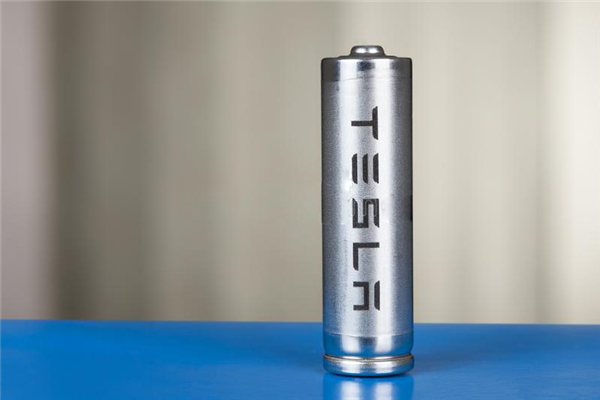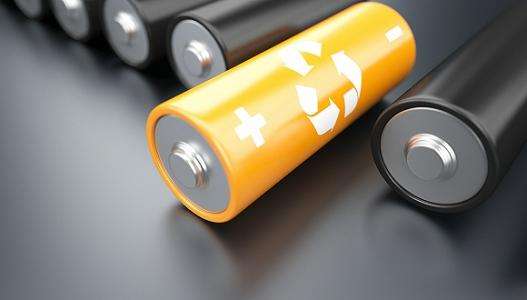What is the Voltage to Store 3S LiPo Battery- Storage and Discharging
Feb 15, 2020 Pageview:6617
Lithium Polymer batteries are ubiquitous as they are powering every second device that we use nowadays. From cars to aircraft, mobile phones to drones, everything operates on Li-Po batteries. As these batteries are becoming the best choice for consumers, it is essential that they know how to store and discharge these batteries as well.
So, in this guide, we will go through the basic guidelines that must be followed in order to handle and store these batteries safely. Alongside this, we will tell the consumers the ideal voltage for the LiPo battery that must be maintained before you put them on the shelf.
What Is The Best Way To Store 3S LiPo Battery?
We all have heard over time how dangerous rechargeable batteries can be if they are not stored, maintained, charged, or discharged correctly. The way you store these batteries decide its lifespan and usability. So, here we are mentioning the best ways to store LiPo batteries.
1: Go Through the Instructions:
When you purchase a rechargeable lithium-polymer battery, the first thing you must do is to read the instructions carefully. Negligence can lead to disastrous consequences. Hence, it is crucial that you go through the instructions and follow the tips and methods precisely.
2: Never Leave the Batteries Unsupervised:
The rechargeable batteries are susceptible to high temperatures as it causes partial vaporization in the polymer electrolyte. This will cause expansion of the case and reduction in capacity. Ultimately, the case will get ruptured, and the flammable electrolyte will leak and catch fire.
All these things can be avoided if you are present for the supervision of the LiPo batteries. Moreover, it will be safer for the batteries if you store them in a fireproof container or bag. The battery which is damaged or near explosion gets puffed or has smoke around it. If you are there looking over the battery, then accidents like fire can be avoided.
3: Avoid Storing Battery that has Visible Signs of Damage:
When a battery has already gone through expansion that resulted in puffing, avoid storing it. Any sign of physical damage means that the battery is not safe for use anymore, even if it is in working condition. The safety of the battery is already compromised, so you better dispose of the battery correctly.
4: Never Store a Battery Fully Charged:
For a Lithium-Polymer battery, even sitting around for two days is a very long time. So, you must keep in mind not to leave the battery fully charged if you intend to store it for some days. Discharge the battery around 40 to 60% of the full capacity and then keep it in a safe place.
5: Don’t Discharge a Battery Completely:
Another thing to take care of is not discharging the battery entirely. Allowing the battery to discharge below 3 Volts will lead to permanent damage to the battery chemistry. You might be able to kick start it somehow, but it will still lose 20 to 40% of its original capacity.
As long as you follow these guidelines for the storage of lithium-polymer batteries, the battery will work fine until you use it the next time.
How Often Do You Discharge 3S LiPo Batteries?
Every rechargeable battery has a self-discharge rate. So, you need to be careful while discharging the batteries completely, as it will affect its capacity. Generally, you don’t need to discharge the LiPo battery. But for instance, if you have to measure the capacity of the battery accurately, then you might need to discharge the cell from 4.2 V per cell to 3 Volt per cell. But this is the limit, and if you mistakenly lower the discharge rate, then the battery’s ability to hold charge will get affected.
Now you must be wondering what does 3S means in the battery specification. It merely means that there are 3 cells connected in series in the battery, giving a voltage of 3.7 Volt per cell. As long as you discharge each cell to the suggested limit, you can charge the battery later directly. If not, then you will have to balance the charge as cells often become unbalanced after they are discharged.
It is the Lithium polymer battery that offers Storage mode. This mode makes it easier for the users to keep the discharge rate ideal along with voltage.
What Voltage Should A 3S LiPo Battery?
As you know, probably know that the S3 LiPo battery comes with more voltage in comparison to other series. It is vital that the same amount of voltage must be kept across each cell at all times. if the voltage across the battery cells diverges so much, then the battery can turn to dangerous and unstable. Each cell of the battery comes with 3.7 volts, and thus, 3S acquire 11.1 volts. This also means that the 3S LiPo battery has more capacity, which signifies more energy kept in milliamps. Even the size and weight of the battery determine the capacity and voltage of it.
Indeed, 3S LiPo battery beats 1S as well as 2S LiPo battery in terms of the capacity and voltage. The charge rate determines the lifespan of the battery. Thus, charging needs to be done carefully so you can avoid to shorter the battery life.
Needless to say, storing LiPo batteries fully depleted or fully charged can destroy the battery with time. These batteries must be discharged as well as stored with voltage - 3.8v. Make sure to keep it at room temperature and in a fire-proof bag.
As we mentioned above, following the safety guidelines with LiPo batteries is crucial. So, instead of manually discharging the batteries for storage, consider using the quality balance charger. The charger will take care of the voltage and capacity for storage purposes, and you won’t have to struggle with the calibration of the battery. The widespread use of the LiPo battery is encouraging the consumers to learn more about the technology for safekeeping. So, we recommend that you stay updated with the techniques for your own safety.
- Prev Article: Best Way to Store RC LiPo Batteries-Storage and Safety
- Next Article: Lithium-Ion Battery Cooling System-Definition and Working
Leave Message
Hottest Categories
-
Hottest Industry News
-
Latest Industry News












